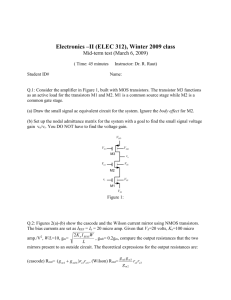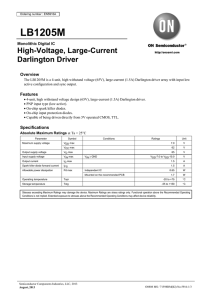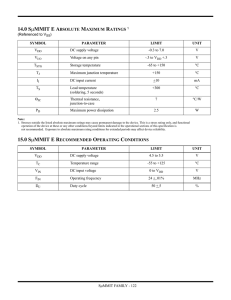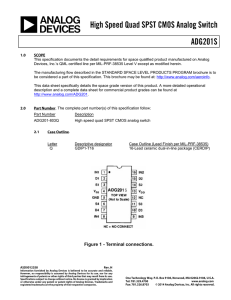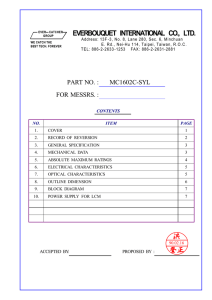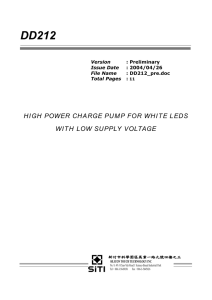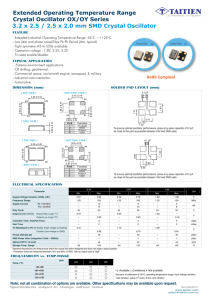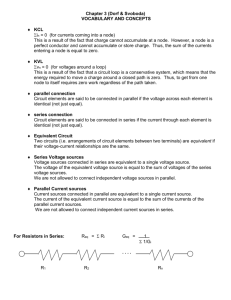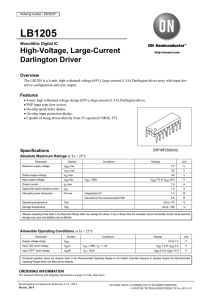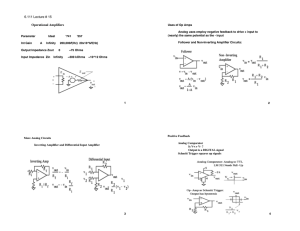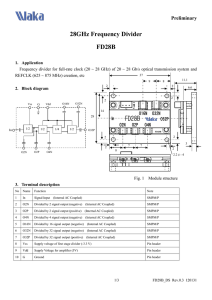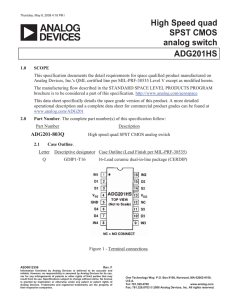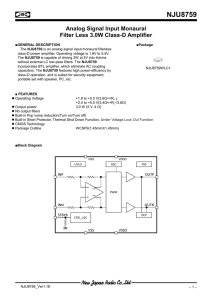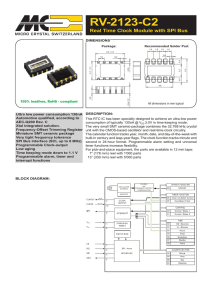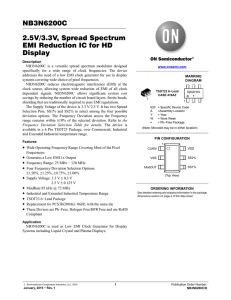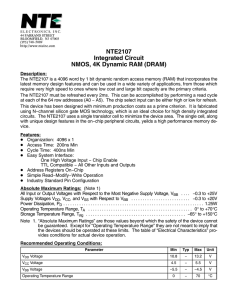Rarely Asked Questions Observing Maximum Ratings or How to Avoid
advertisement
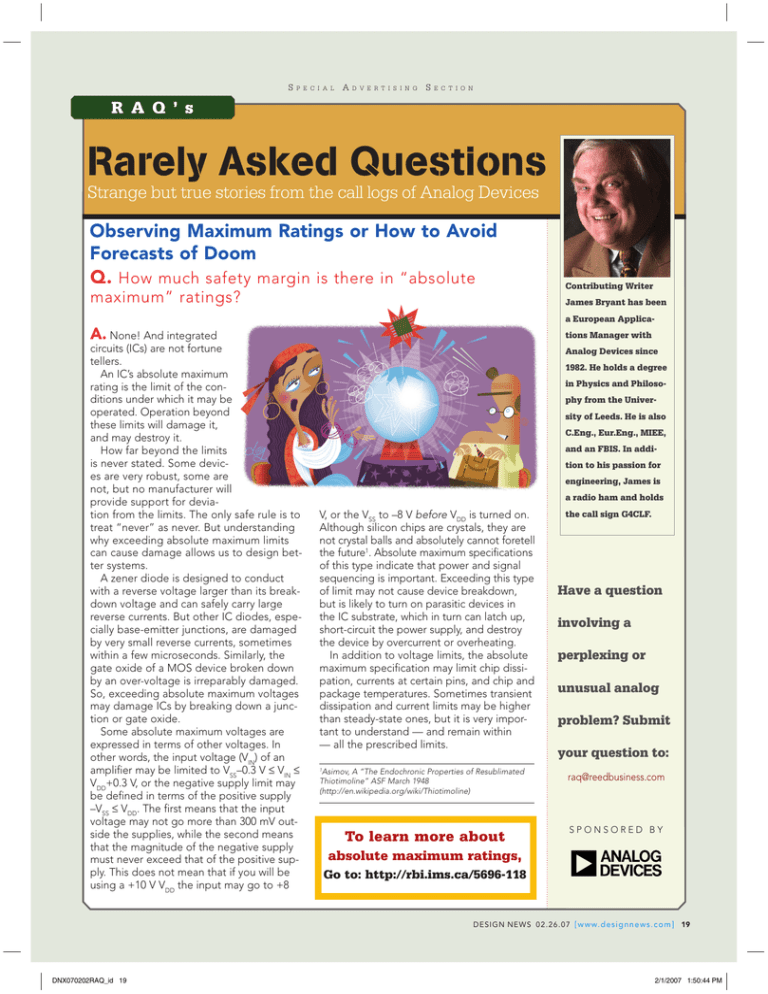
S P E C I A L A D V E R T I S I N G S E C T I O N R A Q ’ s Rarely Asked Questions Strange but true stories from the call logs of Analog Devices Observing Maximum Ratings or How to Avoid Forecasts of Doom Q. How much safety margin is there in “absolute maximum” ratings? Contributing Writer James Bryant has been a European Applica- A. None! And integrated circuits (ICs) are not fortune tellers. An IC’s absolute maximum rating is the limit of the conditions under which it may be operated. Operation beyond these limits will damage it, and may destroy it. How far beyond the limits is never stated. Some devices are very robust, some are not, but no manufacturer will provide support for deviation from the limits. The only safe rule is to treat “never” as never. But understanding why exceeding absolute maximum limits can cause damage allows us to design better systems. A zener diode is designed to conduct with a reverse voltage larger than its breakdown voltage and can safely carry large reverse currents. But other IC diodes, especially base-emitter junctions, are damaged by very small reverse currents, sometimes within a few microseconds. Similarly, the gate oxide of a MOS device broken down by an over-voltage is irreparably damaged. So, exceeding absolute maximum voltages may damage ICs by breaking down a junction or gate oxide. Some absolute maximum voltages are expressed in terms of other voltages. In other words, the input voltage (VIN) of an amplifier may be limited to VSS–0.3 V ≤ VIN ≤ VDD+0.3 V, or the negative supply limit may be defined in terms of the positive supply –VSS ≤ VDD. The first means that the input voltage may not go more than 300 mV outside the supplies, while the second means that the magnitude of the negative supply must never exceed that of the positive supply. This does not mean that if you will be using a +10 V VDD the input may go to +8 tions Manager with Analog Devices since 1982. He holds a degree in Physics and Philosophy from the University of Leeds. He is also C.Eng., Eur.Eng., MIEE, and an FBIS. In addition to his passion for engineering, James is a radio ham and holds V, or the VSS to –8 V before VDD is turned on. Although silicon chips are crystals, they are not crystal balls and absolutely cannot foretell the future1. Absolute maximum specifications of this type indicate that power and signal sequencing is important. Exceeding this type of limit may not cause device breakdown, but is likely to turn on parasitic devices in the IC substrate, which in turn can latch up, short-circuit the power supply, and destroy the device by overcurrent or overheating. In addition to voltage limits, the absolute maximum specification may limit chip dissipation, currents at certain pins, and chip and package temperatures. Sometimes transient dissipation and current limits may be higher than steady-state ones, but it is very important to understand — and remain within — all the prescribed limits. the call sign G4CLF. Have a question involving a perplexing or unusual analog problem? Submit your question to: 1 Asimov, A “The Endochronic Properties of Resublimated Thiotimoline” ASF March 1948 (http://en.wikipedia.org/wiki/Thiotimoline) To learn more about raq@reedbusiness.com SPONSORED BY absolute maximum ratings, Go to: http://rbi.ims.ca/5696-118 D E S I G N N E W S 0 2 . 2 6 . 0 7 [ w w w. d e s i g n n e w s . c o m ] DNX070202RAQ_id 19 19 2/1/2007 1:50:44 PM

